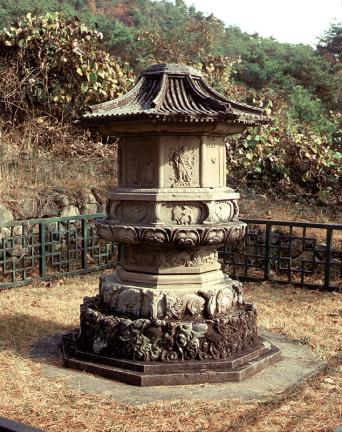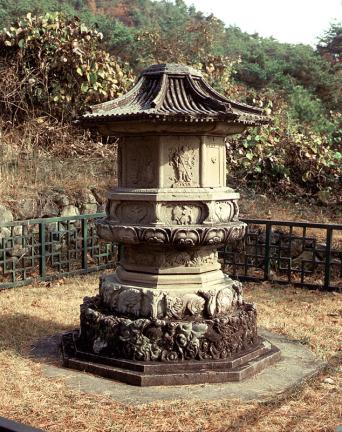국가유산 검색
국보
화순 쌍봉사 철감선사탑 (和順 雙峯寺 澈鑒禪師塔)Stupa of Master Cheolgam at Ssangbongsa Temple, Hwasun
| 분 류 | 유적건조물 / 종교신앙 / 불교 / 탑 |
|---|---|
| 수량/면적 | 1기 |
| 지정(등록)일 | 1962.12.20 |
| 소 재 지 | 전라남도 화순군 쌍산의로 459 (이양면, 쌍봉사) |
| 시 대 | 통일신라 경문왕8년(869) |
| 소유자(소유단체) | 쌍봉사 |
| 관리자(관리단체) | 쌍봉사 |


국보
화순 쌍봉사 철감선사탑 (和順 雙峯寺 澈鑒禪師塔)Stupa of Master Cheolgam at Ssangbongsa Temple, Hwasun
| 분 류 | 유적건조물 / 종교신앙 / 불교 / 탑 |
|---|---|
| 수량/면적 | 1기 |
| 지정(등록)일 | 1962.12.20 |
| 소 재 지 | 전라남도 화순군 쌍산의로 459 (이양면, 쌍봉사) |
| 시 대 | 통일신라 경문왕8년(869) |
| 소유자(소유단체) | 쌍봉사 |
| 관리자(관리단체) | 쌍봉사 |

ⓒ 2000. CULTURAL HERITAGE ADMINISTRATION. ALL RIGHTS RESERVED.



 문화유산
문화유산


